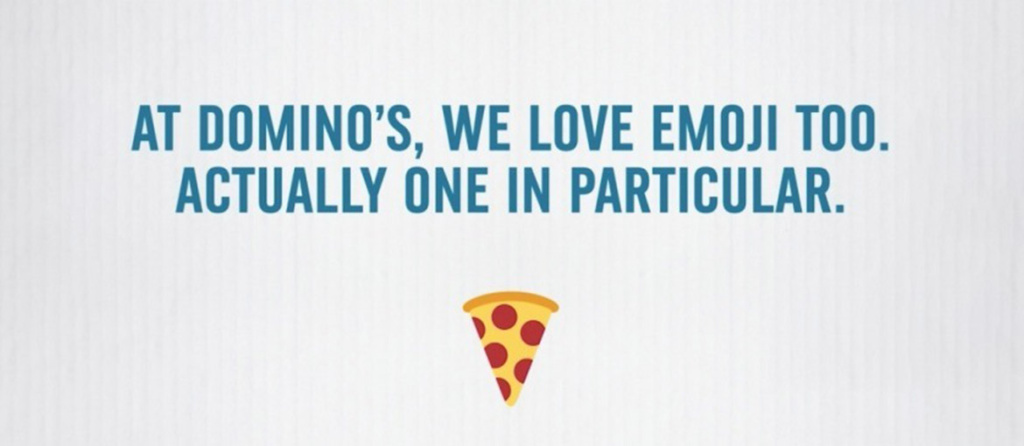In 2015, the Oxford Dictionary declared word of the year the laughing crying face emoji.
A boutade? A sneer at academia? Maybe not. But what if emoji represent something more serious than common sense seems to suggest? In this article we will try to uncover the potential of emoji and see if and how to use them effectively, for your professional communication.
From dot to smiley. Brief history of emoji
The history of emoji is closely related to the evolution of punctuation in an increasingly emotional key. In forums, blogs, instant messaging chats, from the 1990s onward punctuation gradually began to change. Less and less employed neutrally, to signal the structure of a sentence, it gradually acquired a more emotional function. It makes up for the nonverbal communication typical of spoken language (gestures, facial expressions, tone of voice) and signals to the reader with what intention he or she should read certain words. The period, for example, in a chat conversation no longer means: the sentence is over. It indicates emotional aspects: sarcasm, indignation, resentment, detachment.
The emoticons of the late 1990s can be read precisely as a further evolution of emotional punctuation. Emoticons, we might say, are augmented emotional punctuation, and not surprisingly, perhaps, they are written using punctuation marks to create pictograms. A winking wink was achieved, for example, by typing a semicolon, a dash for nose and a parenthesis for smile. The further landing place is precisely emoji: a vast sampling of pictograms to draw on to make messages more immediate, quick, informal. And to increase complicity with the reader.
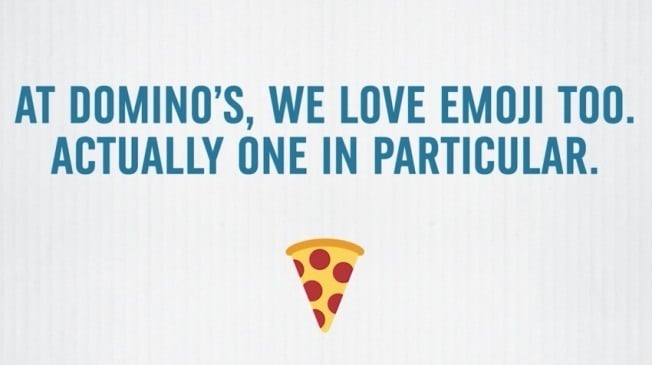
Using emoji to rediscover a complicity between brand and audience
Year after year, big and small brands have adopted emoji, electing them as ideal tools for improving empathy with their audiences and increasing engagement. Among the first we can count Durex: since 92% of all internet users use these symbols to communicate, it chose to give birth to a real emoji dedicated to safe sex. But in addition to the striking cases (Ikea, Domino’s Pizza, Pepsi, Starbucks, and many others), small and medium-sized companies also find benefits in using emoji every day, for example, in communications dedicated to customer care: they make the dialogue with users more friendly, informal, warm, and lower stress levels. But is there any guidance on how to use them? What are the risks and what are the benefits? Let’s find out right now.
There are no codified rules on the use of emoji
. But, over the years, two key directions have emerged:
1.Competence
Fully understand the sentiment to be communicated and correctly choose the corresponding emoji.
2.Measure
Do not overuse, at the risk of appearing unprofessional and arousing mixed perceptions.
Emoji and newsletters. Risks and opportunities
If, for example, you are considering using emoji in your newsletters, it is good to know that, according to one study, emails that feature emoji in the subject line have a slightly lower open rate because they may elicit feelings such as mistrust and a perception of low professionalism. Instead, it seems that, precisely employed in the body of the text, they can help increase shares and clicks from readers. The position that offers the best results in this regard is the end of a sentence. For example, right now I might invite you to continue reading by placing this emoji here 👇
Emoji and social media. A language that brings the reader closer
In addition to newsletters, emoji find use in digital content distributed on platforms such as Facebook, Instagram and Twitter. Social networks are the ideal and, we might say, natural environment in which to use them. Here they can be very useful in helping to make messages more informal and close to communication between users. In this way it becomes easier to make a brand perceived as human, transparent, close to people.
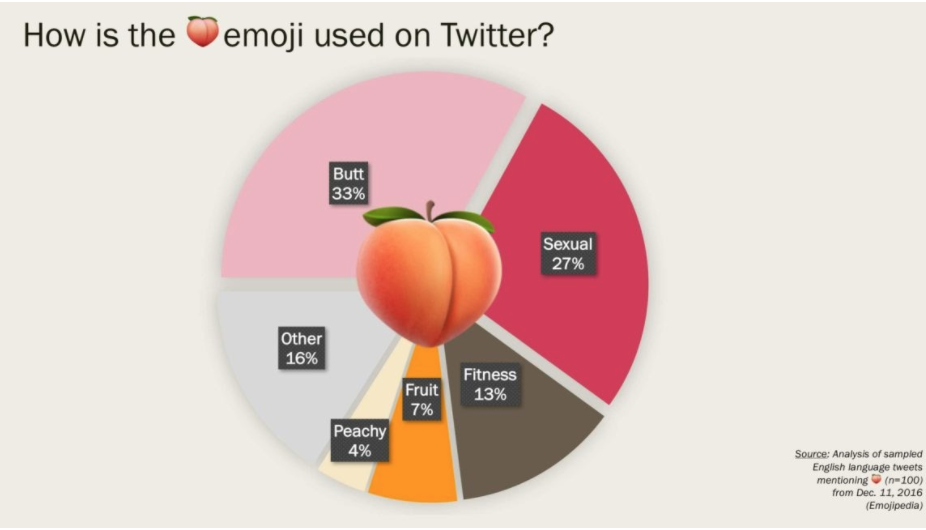
A note: Years ago Facebook increased the possible reactions to comment on a post, which until then had been limited to just the like, the well-known thumbs up. The newly inserted reactions use emoji-based language to communicate sharing, astonishment, sadness, irritation, and so on. But if you are thinking of explicitly asking your audience to react to one of your digital content by choosing between this or that reaction, think twice: Facebook’s policy discourages this kind of attitude, called vote baiting in the jargon, because it prefers that users feel freer to respond to a post using their preferred reaction and less besieged by requests from companies and brands hoping to increase their page’s engagement rate.

Emoji and corporate chat. An emoji can be worth a thousand words
Emoji can be employed by a business to communicate with its audience even (and especially) within chats. Used in a conscious and measured way, they make communications more human, simple, friendly, and lower the stress level of users. A good idea to avoid embarrassment and appearing unprofessional? Thoroughly understand the emotional significance of emoji and select only a small set, in line with the emotions your brand should convey. Limiting yourself to the use of your chosen sampler, respecting your tone of voice, can avoid style lapses, misunderstandings and misinterpretations.
Present and future of emoji: possible new uses
Emoji seem to possess a great density of meanings, and a versatility that has not yet been fully explored. Besides conveying feelings and emotions and making communication between companies and people more direct and informal, they can become the protagonists of complex advertising campaigns or be employed in unexpected, creative, surprising ways to convey new services.

One of the most cited case histories, in this sense, is that of Domino’s Pizza: to make ordering pizzas faster and less tedious, the well-known chain has created a service that simplifies the process to the maximum. Just type in the desired flavor, accompanied by the Pizza emoji and the hashtag #EasyOrder on the brand’s twitter account, to receive your pizza.
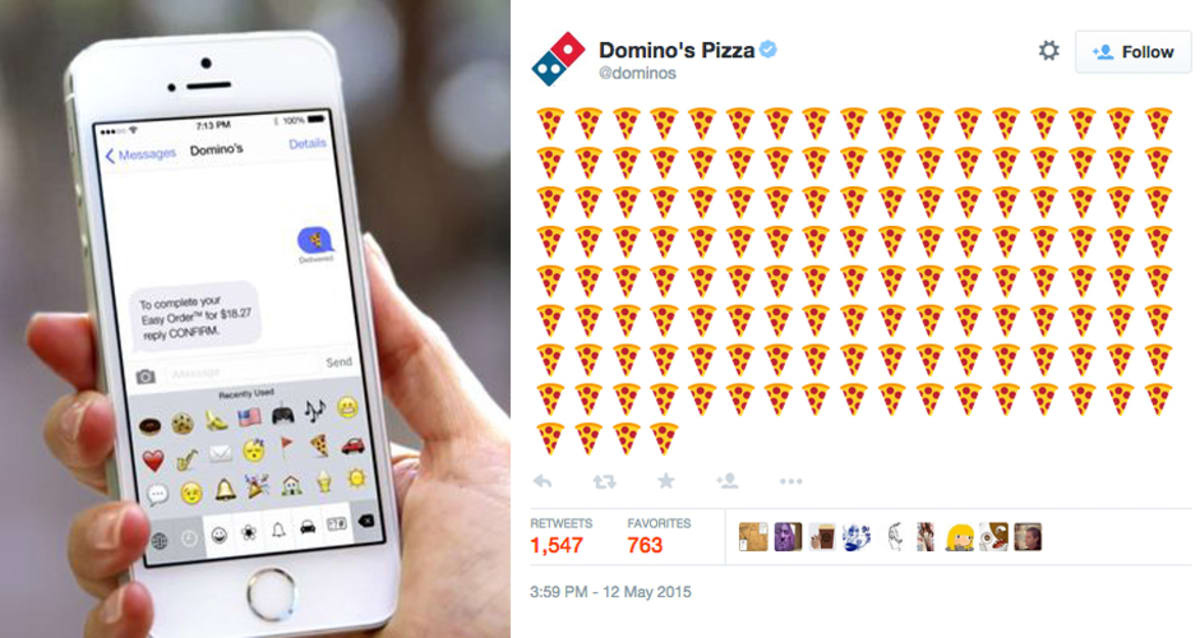
A brand’s activism and social sensitivity can also pass through emoji: this is the case of WWF, which initiated a campaign to save some endangered species through the use of the corresponding emoji on twitter.
In Italy, general linguistics lecturer Francesca Chiusaroli used emoji to translate Collodi’s very famous Pinocchio: “Pinocchio in emojitaliano” is a tangible example of how emoji can give birth to a real language, which certainly exceeds the original task of conveying feelings. Emoji, this interesting literary experiment tells us, can be used to express entire concepts, and even to tell very complex stories, limiting misunderstandings to a minimum thanks to a glossary and a real grammar.
Still to stay in Italy, the historic magazine “La settimana enigmistica” has long employed emoji to propose rebuses and riddles to its audience: in this case, emoji tend to replace the typical illustrations of paper rebuses, rather than words, and make it possible to easily build interactive content that invites the audience to participate in proposing solutions.
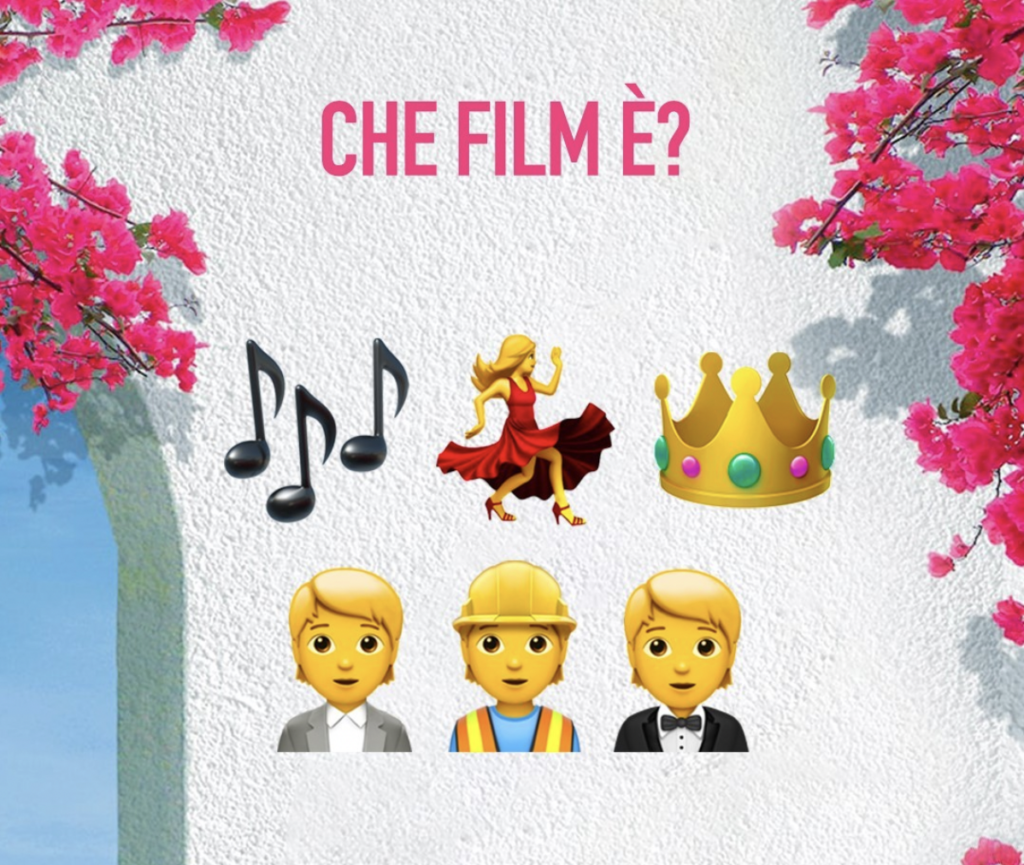
The future of emoji
What about in the future? While the language expressed through emoji is very precisely codified (one smiley face means that specific expression and no other), it seems to undergo a fertile and rich process of continuous re-signification, thanks to the daily workshop expressed in conversations between users and brands. An example? The laughing face is today indicative of a passive aggressive attitude in the new generations, who prefer other symbols to communicate fun. For example, the skull (I die laughing).
As can be seen, the possibilities for expression are many and seem to go far beyond simply conveying a feeling. It should also be noted that, from year to year, emoji continue to increase and mold themselves to social evolutions: it is no coincidence that the last few years have seen the introduction of the face wearing a mask, to help people mirror their own condition, during pandemic phases.
Having reached this point, all that remains is to put it to the test, to explore the potential of emoji in the field. But first, why don’t we greet each other properly? 👋

